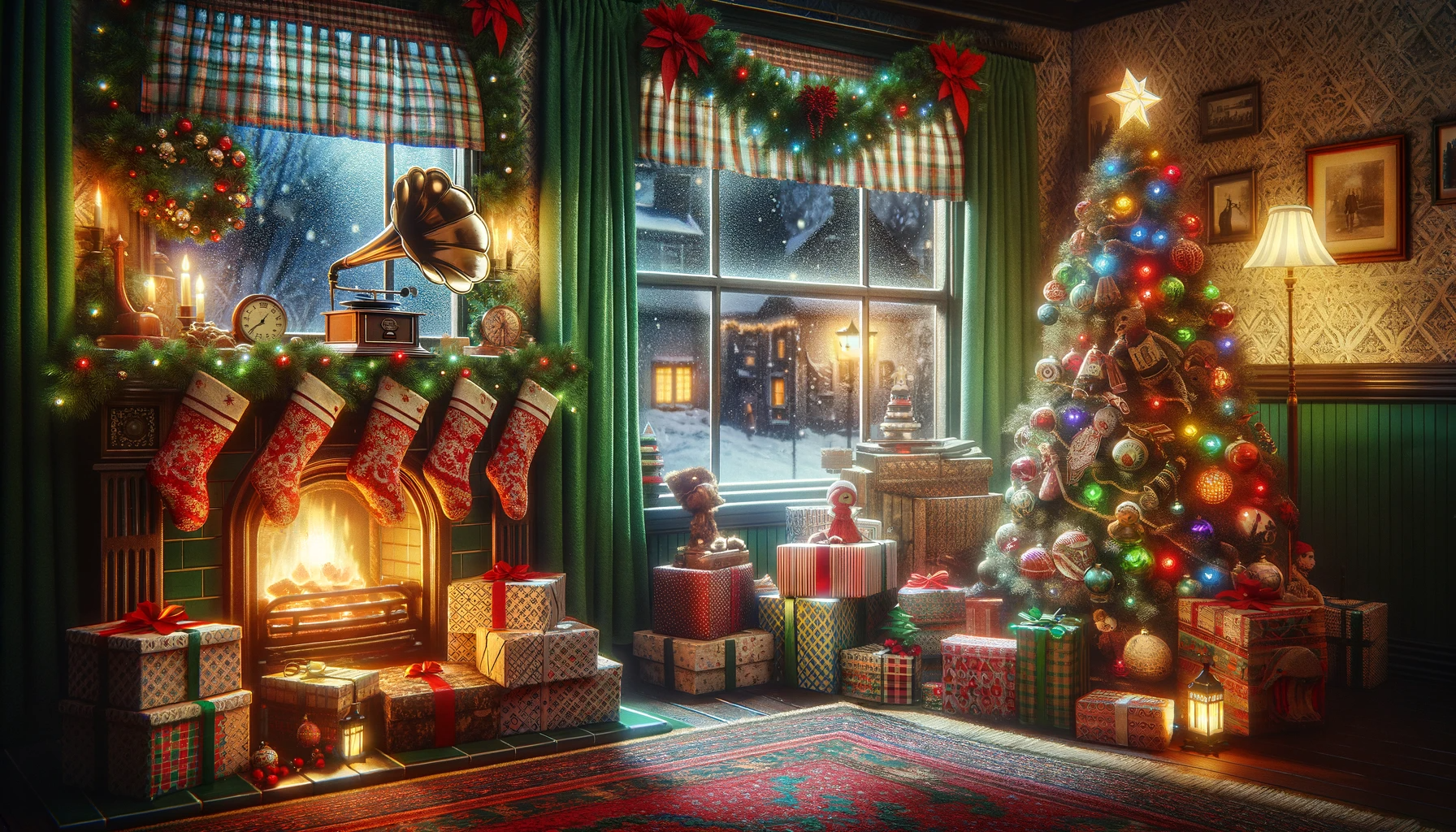The history of Christmas is a rich tapestry woven from various cultural and religious threads, spanning centuries of tradition and change. It’s a story that reflects the evolution of society’s values, beliefs, and practices over time.
Origins and Ancient Celebrations
Christmas, as we know it, finds its earliest roots in the Roman holiday of Saturnalia, a week-long festival held in December, which celebrated Saturn, the god of agriculture. This festival was marked by feasting, goodwill, generosity to the poor, the exchange of gifts, and the decoration of trees. But it wasn’t until the 4th century that the church officially decided to observe the birth of Jesus, and some scholars suggest this was to adopt and absorb the traditions of the pagan Saturnalia festival.
A Christian Holiday
The actual birth date of Jesus was not recorded in the Bible, so why December 25th? The date may have been chosen to correspond with the pagan Roman festival Dies Natalis Solis Invicti, or “the birthday of the unconquered sun,” which celebrated the sun god and took place just after the winter solstice. Essentially, it symbolized the return of light and the extension of days.
As Christianity spread throughout Europe, different cultures began to imbue the holiday with their own traditions. The Scandinavian Yule contributed the Yule log and the concept of bringing evergreens into the home, a reminder of life during the darkest days of winter.
The Middle Ages and Transformation
During the Middle Ages, Christmas was a public festival, incorporating ivy, holly, and other greens as decorations. It was also a time for charitable giving, which is a tradition that has persisted.
However, Christmas was not always a solemn, religious observance. In England, it became a period of merriment and revelry akin to today’s Mardi Gras. The Puritans in England and later the American colonies, in response to what they saw as the excesses of Christmas, actually banned its celebration; it wasn’t until the 19th century that Christmas would return as a major holiday.
The Victorian Era: A Revival and Redefinition
The revival of Christmas in the Victorian era is where many of our current traditions were solidified. Charles Dickens’ “A Christmas Carol,” published in 1843, played a significant role in reinventing Christmas as a time of family, goodwill, and compassion for the less fortunate.
The Victorians also popularized the Christmas tree, a tradition brought to Britain from Germany by Prince Albert, Queen Victoria’s consort. The sending of Christmas cards also began in this era, starting a practice that continues to be a staple of the season.
20th Century to Present
The 20th century saw Christmas become highly commercialized, with the introduction of Santa Claus as a jolly figure who brings gifts to children. The image of Santa Claus we recognize today – a plump, jolly man in a red suit – was popularized by Coca-Cola’s advertising in the 1930s.
Today, Christmas is a time for family and friends to come together and celebrate. It’s a blend of the sacred and secular, with many people who do not consider themselves religious participating in the holiday. Christmas lights, trees, and decorations light up cities, and markets and music infuse public spaces with festive spirit.
Reflecting on the Past and Embracing the Future
As we look back on the history of Christmas, we see a holiday that has constantly adapted to the needs and cultures of the times. From a raucous winter festival to a banned practice, to a cherished family tradition, Christmas has been many things to many people. And as society continues to evolve, so too will Christmas, embodying the spirit of the time while holding onto the threads of tradition that have been carried through the centuries.
In our modern celebrations, we can see the reflections of centuries past – a desire for light in the dark winter months, a need for generosity, a longing for the warmth of family and friends, and the joy of giving and receiving love. Christmas, in its essence, captures the enduring human spirit of hope, joy, and togetherness.
It’s a heartwarming reminder that, though times may change, the core values that underpin Christmas – peace, goodwill, and celebration – remain evergreen, much like the holly and the ivy that adorn our homes during this festive time.
